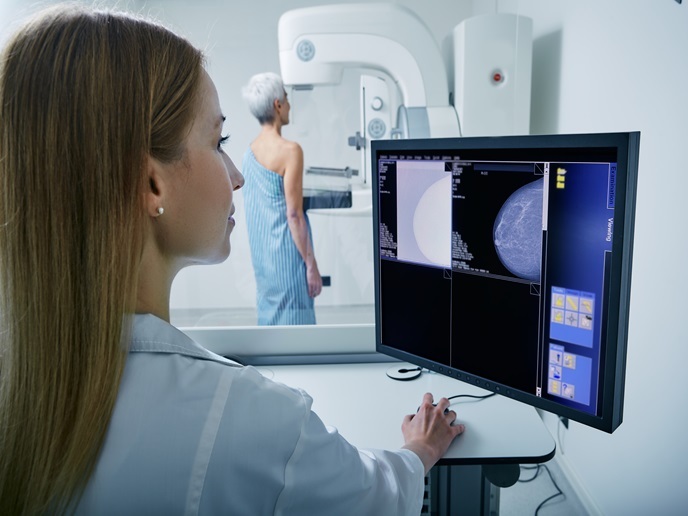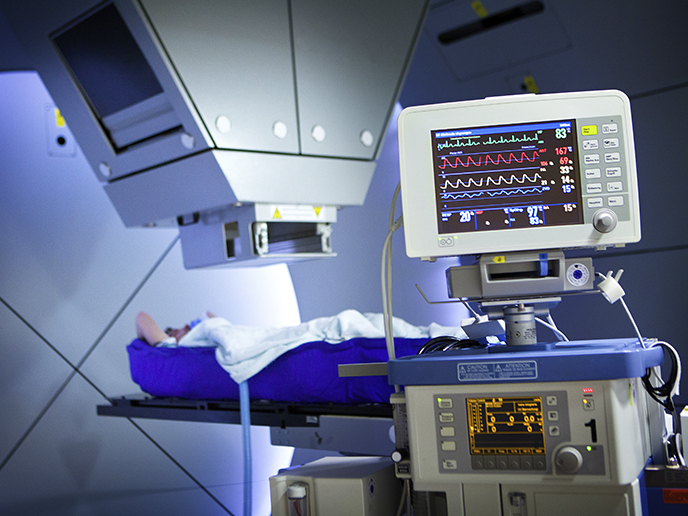Digital tools help improve young people’s mental health
Most mental disorders begin in youth, with research showing that 50 % emerge by age 14 and 75 % before 24(opens in new window). Despite consensus that early intervention saves lives and reduces the need for longer-term adulthood interventions, treatment options remain limited for young people. To help increase access to mental health services, the EU-supported TEAM project developed innovative technological solutions. “We drew on expertise beyond traditional disciplines like psychology, to design integrated technology for the assessment, prevention and treatment of mental health problems,” says project coordinator David Coyle from University College Dublin(opens in new window), the project host. TEAM consisted of 15 individual projects, each supervised by experts from multiple disciplines. The project’s early stage researchers received interdisciplinary training in topics such as human computer interaction, social and emotional skills, mental health theories and practice, as well as with hands-on activities such as a ‘designathon’.
Diagnosis, assessment and treatment solutions
The project, backed by the Marie Skłodowska-Curie Actions(opens in new window), initially conducted an online survey of 1 308 young people, in collaboration with national mental health charity ReachOut Ireland(opens in new window), to determine how help is typically first sought online. The survey results(opens in new window) led to detailed guidelines and a theoretical foundation for the design of support tools. “Seeking help is a key first step in addressing mental health difficulties. If we can improve this experience, that will have a significant impact,” notes Coyle. TEAM developed a range of technologies to support early and rapid ongoing assessment of mental health difficulties. This included a smartphone tool(opens in new window) to help young people aged 15-25 with bipolar disorders to monitor their mood, activity and sleep. TEAM also created two online tools for cognitive assessment – one for home use(opens in new window), the other for mobile devices(opens in new window). As for prevention, TEAM co-designed technologies with adult stakeholders and some young people, to help youth build resilience and care for their own mental health better. These included apps suitable for school settings, and also a design framework for technology to support particularly vulnerable populations such as unaccompanied migrant youth and young people with acquired brain injuries. Regarding treatment, TEAM developed an offline toolkit for the rapid creation of therapeutic games, alongside a prototype app that allows young people at risk of self-destructive behaviour to formulate their own personalised short-term and long-term coping strategies. A cognitive behavioural therapy (CBT) game, Pesky gNATs(opens in new window), was also rolled out through Ireland’s Health Services Executive. Additionally, the project used a computational model to match personality traits to beneficial daily activities which were then recommended through a Telefónica(opens in new window) mental health application.
Mental health policy
The 2017 Global Burden of Disease Study(opens in new window) estimated that depression affects 264 million people globally. Another study published in The Lancet(opens in new window) found that: “Neuropsychiatric conditions are the leading causes of disability worldwide, accounting for 37 % of all healthy life years lost from disease.” Moreover, it is known that poor mental health in young people is often associated with other problems, notably lower educational achievement, substance abuse and violence. In addition to their tools, TEAM developed an ethics and governance framework for human computer interaction design, providing guidance on considerations such as how to ensure privacy in the design of such tools. Currently, each of TEAM’s partners remains actively involved in research on technology-enabled mental health, continuing to collaborate to further exploit the technology and theories developed during the project.







